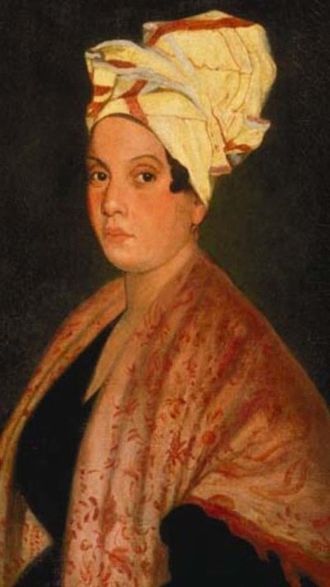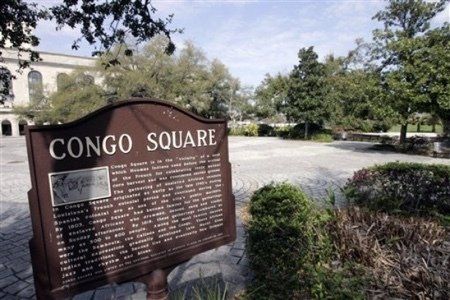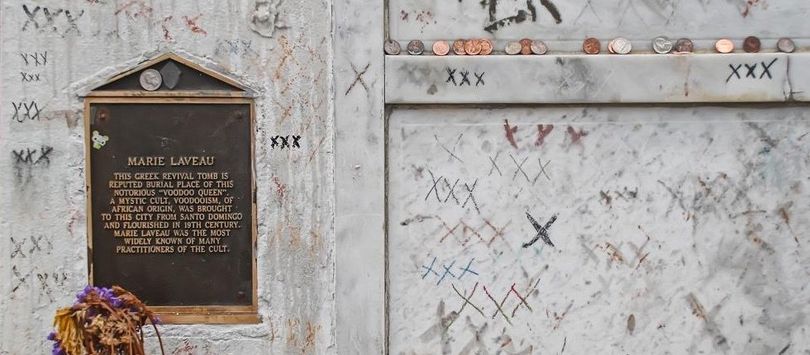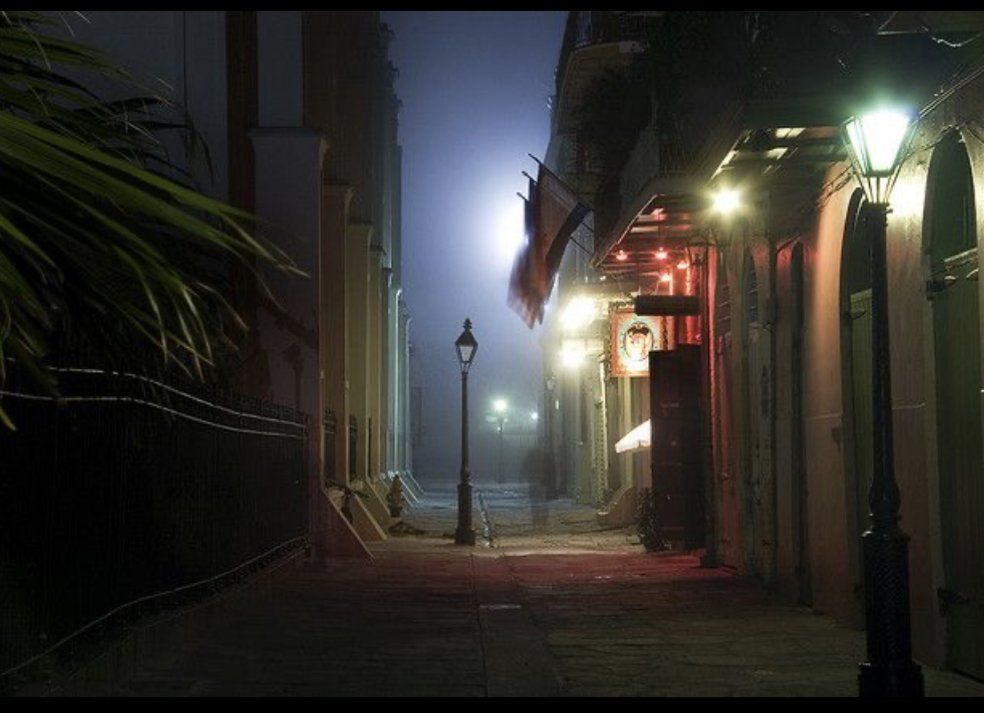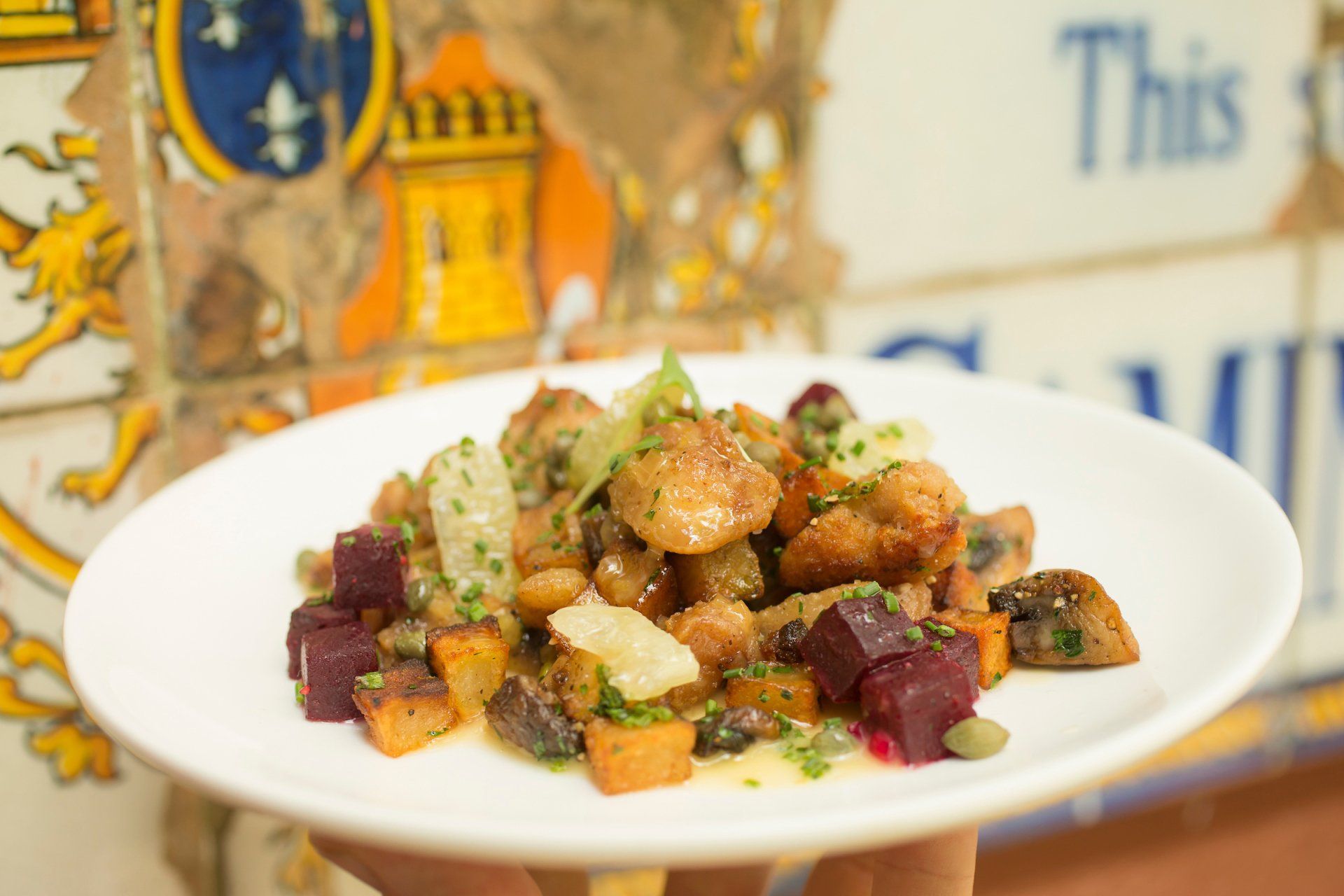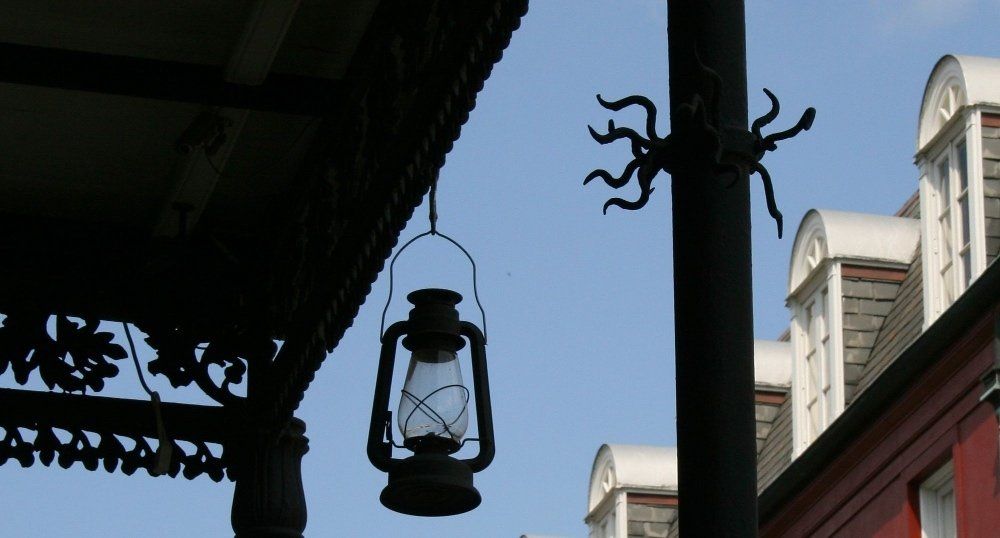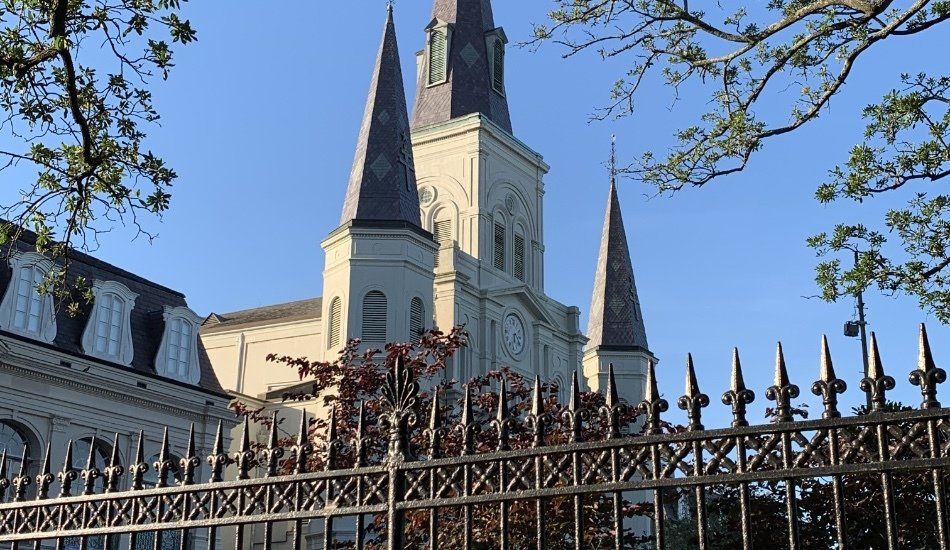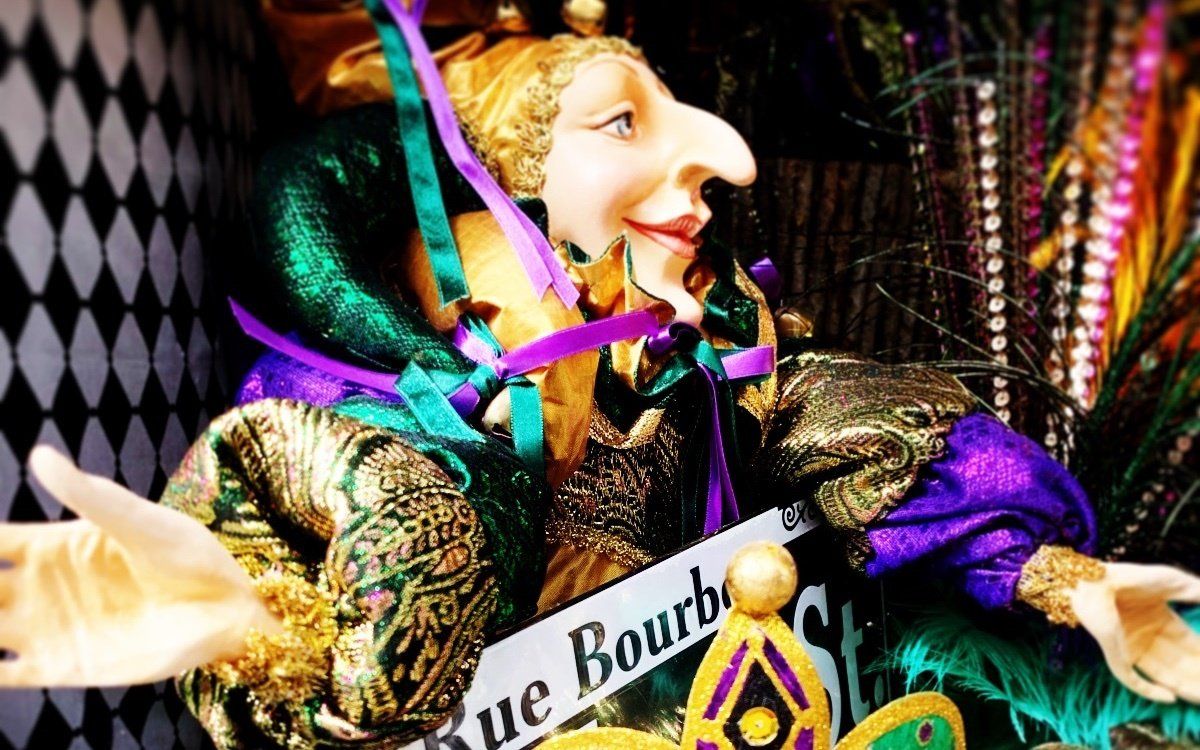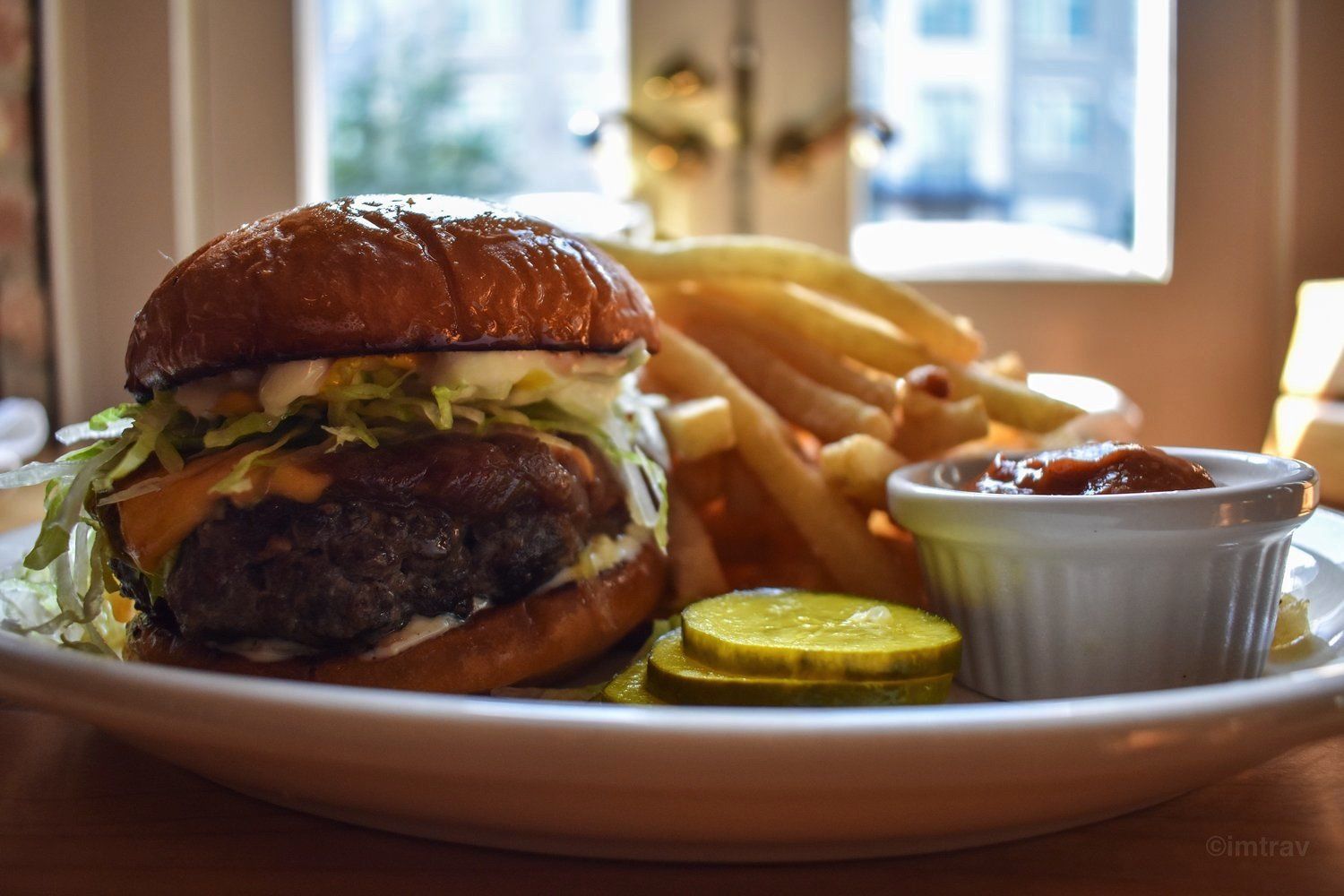Marie Laveau
Royal Tours New Orleans • September 28, 2016
Marie Laveau
Marie Laveau was born September 10, 1794. She is known as the voodoo queen of New Orleans. When Marie Laveau would pass people in The French Quarter, most would bow down to her. The residents during this time feared and respected her. St. Louis cemetery # 1 is the site of Marie Laveau’s tomb and it is the second most visited burial site in America.
As a free woman of color, Marie Catherine Laveau was the illegitimate daughter of a free man of color and a Creole mother. Laveau married Jacques Paris, with whom she had two children, both of whom are believed to have died young. Jacques Paris disappeared shortly after their marriage and was presumed dead. Marie now called herself “the Widow Paris”. She worked as a hairdresser for many Creole women as well as the free women of color.
Marie eventually ended up living with Louis Christophe Duminy de Glapion in a common-law marriage. Although its often been stated that Marie and Glapion had 15 children, they only had five, only two of whom lived to adulthood, and that the other children attributed to her belonged to her half-sister, another Marie Laveau.
Marie Laveau owned slaves in New Orleans. Before the Civil War, free people of color had an interesting society that made New Orleans one of the most unusual cities in the nation. In the heirarchy of New Orleans, there were the French Creole planters and their families who occupied the French Quarter. Then, the Americans who began to arrive in the city after the Lousiana purchase settling in are that would become known as the Garden district. Also, New Orleans had the gen de couleur or the free people of color who were a kind of shadow society that mimicked the white social structure. Many free people of color even owned slaves during this time.
The young daughters of the gen de couleur were offered to the white creole planters at the Quadroon balls where the most beautiful were chosen to be placees and set up in houses on North Rampart street. The mothers, who may themselves have been placees, negotiated the arrangement, often demanding that the children, particularly the sons, be educated in France. A settlement was normally arranged in case the Creole planter grew tired of his placee in the future. This was the world Marie Laveau lived in.
Marie Laveau had been raised to be Catholic. She became involved with the religion that we know as Voodoo. At this time in New Orleans it was common for Voodoo to be practiced along side of Catholicism similar to the way the ancient Celts still kept their ancient practices as Christianity spread through Ireland and Scotland. Voodoo in the United States was a combination of various African religions, superstition, blood ritual and animism. Voodoo was brought by the west African slaves to North America and Santo Domingo (now modern day Haiti) where the slaves devoted rituals to the power of nature and the spirits of the dead.
The main meeting place for Voodoo worship was Congo Square (now Beauregard Square) on North Rampart Street, but these meetings scared the white citizens of the city who feared that the meetings could lead to a slave uprising similar to the recent slave revolts in Haiti. As a result, new laws were enacted in 1817 that forbade blacks to gather for dancing or any other purpose except on Sunday, and then only in places that had been designated by the Mayor of the City. However, it turned out that Congo Square was that place, and the meetings continued as always but only on Sundays. Like Harlem in the 1920’s, Congo Square became a popular place for whites and tourists to watch as entertainment.
In New Orleans, Voodoo was largely a matriarchy. At one point there were more than 40 recognized Voodoo priestesses, but Marie Laveau was the “Boss Woman” of them all. Marie had trained with the famous “Voodoo doctor” Jean Montaigne (Doctor John or John Bayou as he became known), who was then the most powerful Voodoo practitioner in New Orleans, and learned from him how to make the most potent charms, potions, and gris-gris. She also gained an extensive knowledge of herbs and natural healing remedies.
Marie Laveau, with her secret knowledge which she had gained from the Creole boudoirs combined with her own considerable knowledge of spells and her natural flair, became the most powerful woman in New Orleans. Whites sought her help in their various affairs and amours while blacks saw her as their leader. Judges paid her as much as $1000 to win an election, other whites paid $10 for a personal consultation or visit. She freely helped most blacks. To visit her for a reading became fashionable.
In 1875, Marie Laveau announced her retirement in order to concentrate on tending to the sick and condemned in New Orleans’ prisons. Within a few years however, she moved into a back room in her home on St. Ann. There under the care of her eldest daughter Marie Laveau II, she was bedridden until she finally passed into the world of the “loas” (ancestor spirits) on the 15th June 1881.
After her death, there was a myth that Marie had risen from the grave. In reality, it was Marie’s daughter Marie Laveau II, who continued her mother’s work well into the 20th century. Marie Laveau II gradually took over the business, thus adding to the many myths and legends that surround the Laveau name. Marie II was a striking woman bearing many of her mother’s features. She also had a strong and dominant personality that she used to control the lives of others. Like her mother, Marie II also started out as a hairdresser.
To learn more about the voodoo queen Marie Laveau, book a French Quarter History Tour with Royal Tours New Orleans. Call us at 504-507-8333 or email us
for tour details.
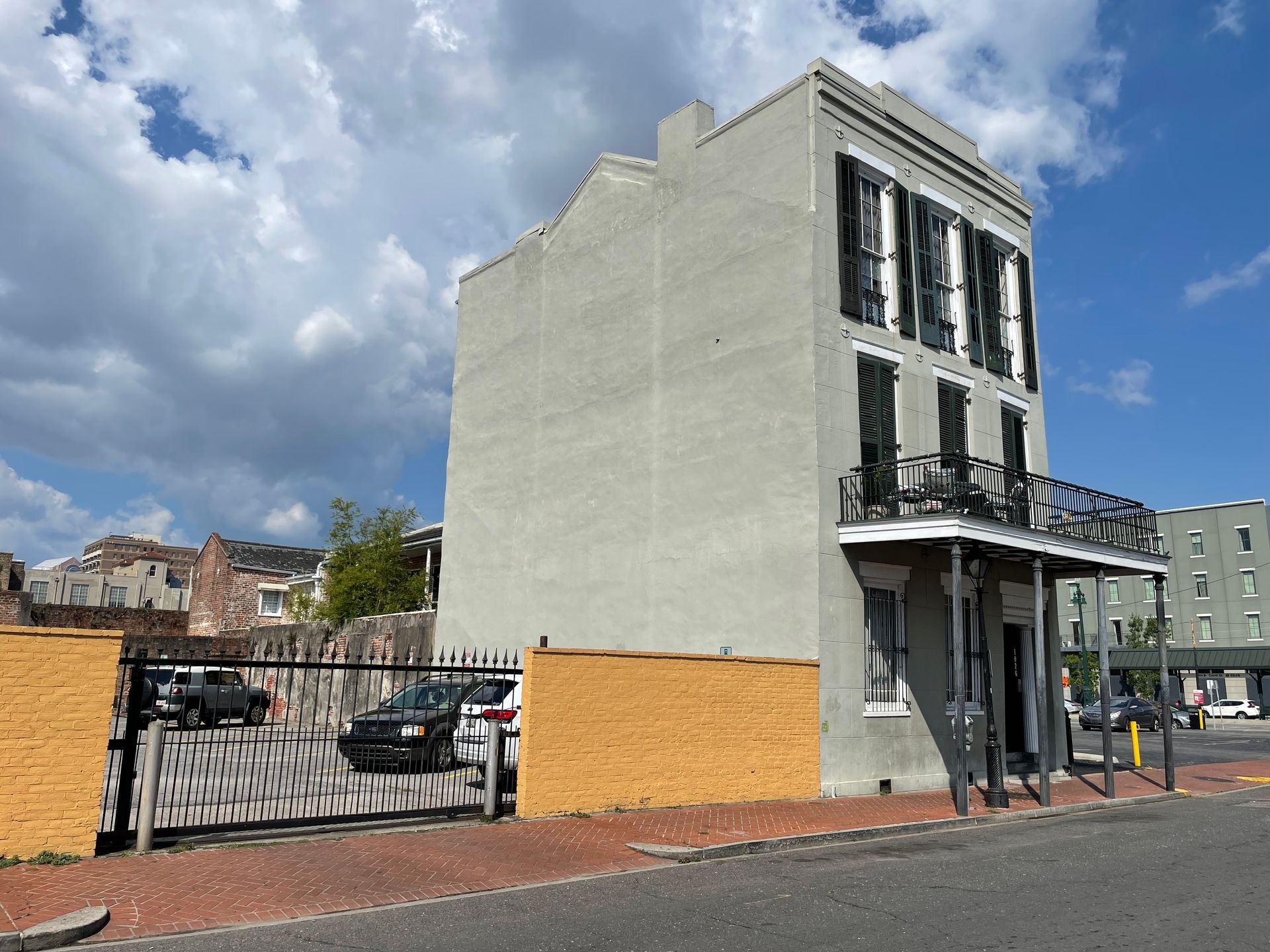
N orma Wallace, a name that evokes intrigue and fascination, was a prominent figure in New Orleans during the early and mid-20th century. As a powerful and resourceful madam, she operated a network of brothels that thrived despite the constant threat of law enforcement. Beginning in 1920, she would operate brothels for the next 45 years, a span that has not been beaten in the history of New Orleans.
